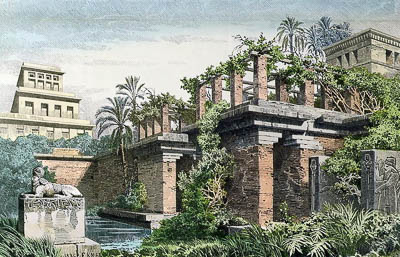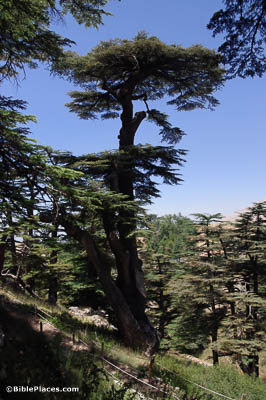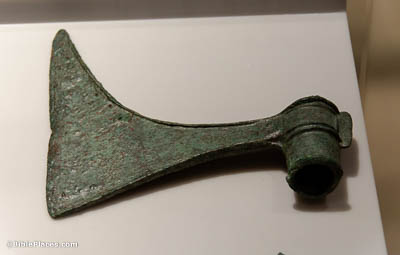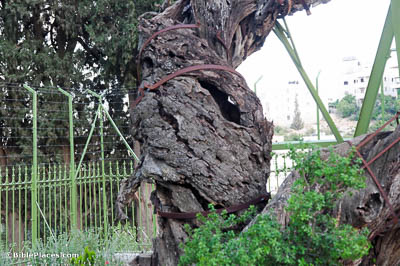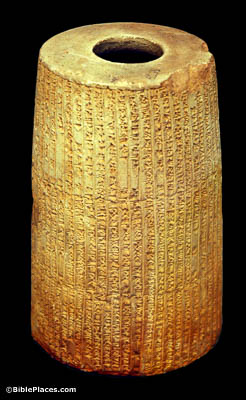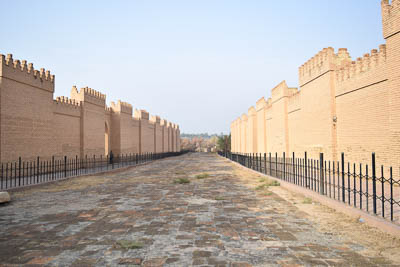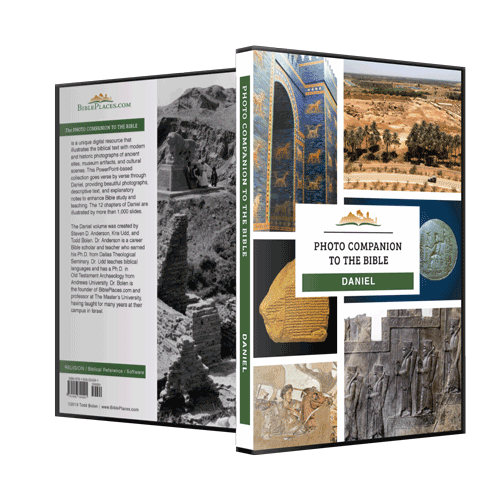I, Nebuchadnezzar, was at ease in my house and prospering in my palace (Daniel 4:4).
Although the Hanging Gardens of Babylon are not mentioned in this text, writers of antiquity wrote of them and were astounded by their beauty. The Babylonian priest and author Berossus described them circa 290 BC, as did the Jewish writer Josephus (AD 70–100). These authors attribute their construction to Nebuchadnezzar as a way to please his Median wife Amytis. They are described as being filled with a lush variety of trees, herbs, vines, and shrubs, requiring substantial irrigation.
